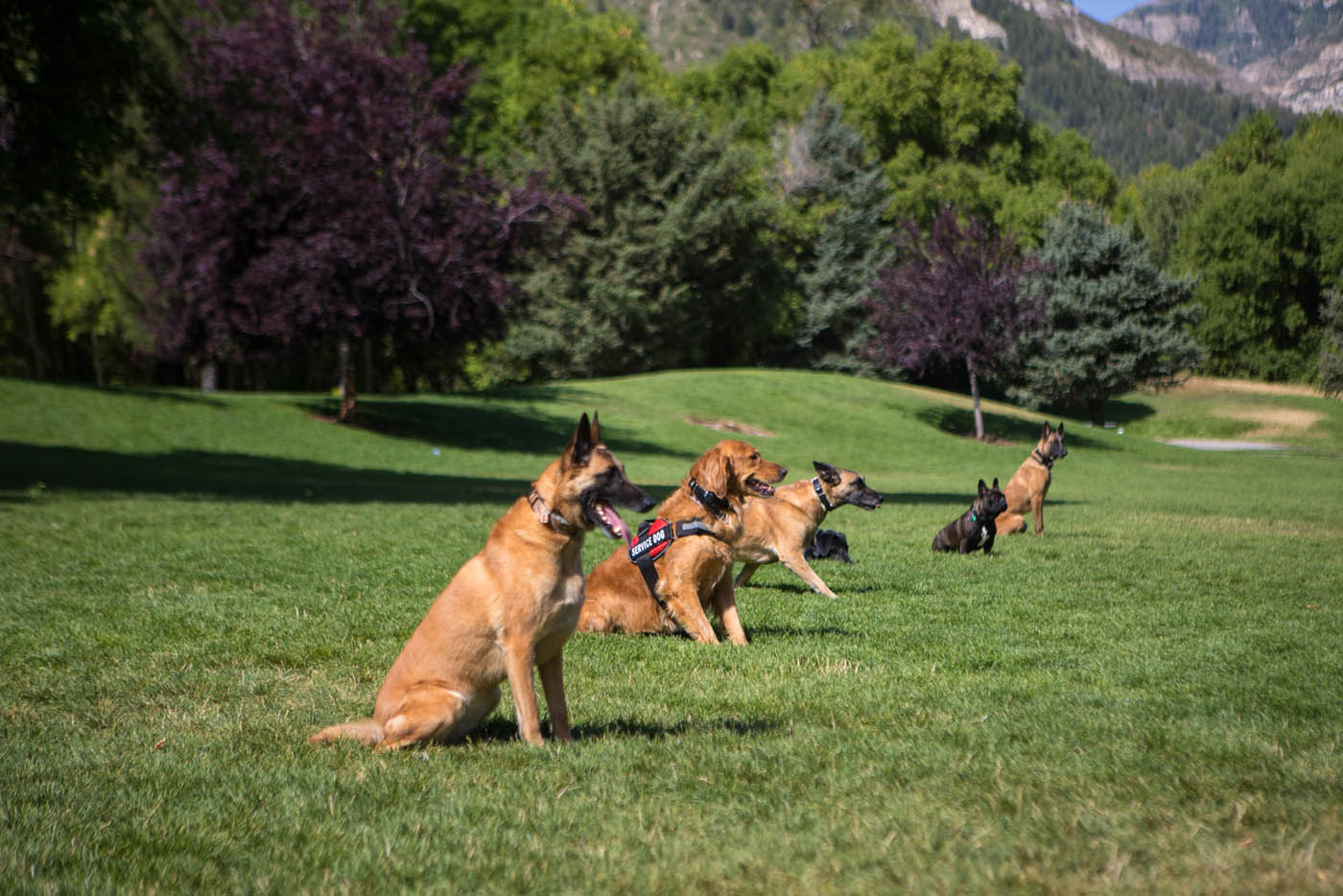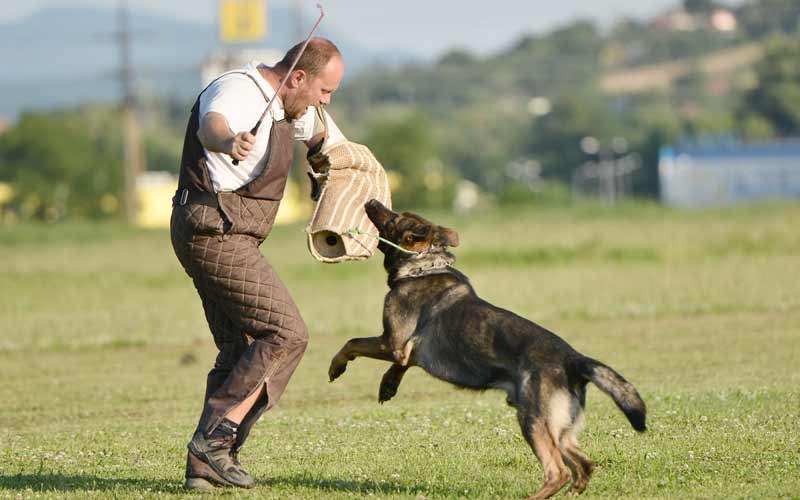Why Consistency is Key in Dog Training for Long-Term Success
Why Consistency is Key in Dog Training for Long-Term Success
Blog Article
Novice's Guide to Successful Canine Training in the house
Efficiently training a canine in your home needs a nuanced understanding of canine habits and effective interaction techniques. Developing clear training goals, using premium benefits, and maintaining consistency across relative are crucial components. In addition, integrating training right into day-to-day regimens can improve both engagement and retention. However, many novice instructors come across difficulties that may hinder progress. To browse these intricacies efficiently, it's necessary to discover a number of essential elements that can change your technique and result in an unified relationship with your animal. What essential concepts should every beginner understanding to make sure success?
Comprehending Pet Dog Habits
Comprehending canine actions is essential for reliable training and fostering an unified partnership between humans and their canine companions. Pets communicate mostly through body movement, vocalizations, and facial expressions, making it important for owners to analyze these signals accurately. Acknowledging actions such as tail wagging, roaring, or cowering can offer understandings into a dog's psychological state and intents.

Common behavior issues, such as hostility, stress and anxiety, or extreme barking, typically originate from misunderstandings or unmet requirements. Observing and resolving these concerns without delay can prevent acceleration and ensure a favorable training experience. By cultivating a deep understanding of pet behavior, owners can tailor their training approaches to fit their canine friends, inevitably leading to a mannerly and happy animal.
Vital Training Tools
A well-appointed training room can substantially enhance the efficiency of canine training in your home. Crucial training devices guarantee that both the pet and the fitness instructor can involve in productive sessions that foster learning and bonding.

Purchasing a durable leash and a comfy, well-fitting collar or harness is crucial for security and control. These devices aid establish limits and guarantee the dog remains safe during training. Additionally, an assigned training location, complimentary from diversions, aids focus for both the fitness instructor and the pet dog.
Training help such as training pads, cones, or dexterity equipment can likewise boost the experience by presenting variety and challenges. Having a note pad or digital app for tracking development can be vital, enabling you to note successes and locations for improvement. Using these important devices will certainly develop a positive training atmosphere and lay the foundation for reliable knowing.
Developing an Educating Routine
Developing a constant training routine is essential for effective dog training in the house. A well-structured regular not only helps in enhancing wanted habits however additionally supplies your pet with a sense of protection and predictability. website link To develop an efficient training routine, start by identifying details training goals, such as standard commands, chain walking, or housebreaking.
Choose an assigned time every day for training sessions, preferably when your pet is responsive and alert. Procedure needs to be brief, approximately 5 to 15 mins, to maintain emphasis and stop tiredness. Consistency in timing and setting will certainly improve your dog's discovering experience.
Integrate training into daily tasks to strengthen skills. For instance, practice commands during strolls or mealtime, which integrates discovering into natural regimens. In addition, continue to be adaptable and change the regular as required, accommodating your canine's energy levels and mood.
Positive Support Techniques
Positive support methods are essential to effective pet training, advertising wanted actions via incentives instead of penalty. This technique utilizes favorable stimulations, such as deals with, praise, or play, to encourage dogs to repeat certain activities. The foundation of this method is timing; benefits ought to be offered quickly following the wanted behavior to produce a clear association.
When applying favorable support, it is necessary to select incentives that are motivating for your dog. High-value treats, such as small items of chicken or cheese, can be particularly effective throughout training sessions. Additionally, varying the benefits can preserve your pet click for more info dog's rate of interest and enthusiasm.
Beginning with straightforward commands, like "sit" or "stay," and slowly development to more complex tasks. Consistency is crucial; make certain that all relative make use of the exact same commands and benefit systems to prevent complication.
Furthermore, it is vital to remain client and avoid disappointment. Pets, like people, discover at their own rate. By promoting a supportive training atmosphere with positive reinforcement, you can improve your pet's knowing experience while reinforcing the bond in between you and your furry friend, preparing for effective training outcomes.
Usual Educating Obstacles
While educating a dog in the house can be a satisfying experience, it frequently includes a collection of typical obstacles that can check both patience and consistency. One widespread issue is interruption. Pets might end up being easily sidetracked by noises, movements, or also fragrances in their atmosphere, making it hard to maintain their focus throughout training sessions.
An additional obstacle is disparity in commands and reinforcement. It can prevent and perplex the dog development if family members make use of different cues or rewards. Developing a unified approach is necessary for reliable communication.
Additionally, pet dogs can experience irritation or stress and anxiety, particularly if they do not recognize what is anticipated of them. This can lead to unwanted behaviors, such as barking or chewing.
Ultimately, the timing of support is important (Dog training). Postponed rewards can decrease the efficiency of favorable reinforcement, as canines might fall short to connect the actions with the reward
Conquering these challenges calls for dedication, clear interaction, and a structured training plan. Acknowledging and resolving these typical obstacles will pave the method for a more successful and pleasurable training experience at home.
Final Thought
To conclude, successful dog training at home demands a thorough understanding of canine behavior and reliable communication techniques. By developing clear training goals and making use of top notch treats along with positive support, the training procedure becomes much more rewarding for both the trainer and the pet. Patience, consistency, and versatility are vital parts that help with understanding. Inevitably, incorporating training into daily routines boosts the bond between pet and proprietor, making the experience both efficient and pleasurable.
Developing a my latest blog post constant training routine is essential for effective canine training at home.Positive support strategies are fundamental to effective pet dog training, advertising preferred behaviors via incentives instead than punishment (Dog training). By fostering a supportive training setting with positive reinforcement, you can enhance your canine's learning experience while reinforcing the bond between you and your furry buddy, laying the foundation for effective training outcomes
In verdict, effective pet dog training at home necessitates a thorough understanding of canine habits and effective communication strategies. By developing clear training objectives and making use of premium treats along with positive reinforcement, the training procedure ends up being more rewarding for both the fitness instructor and the pet dog.
Report this page